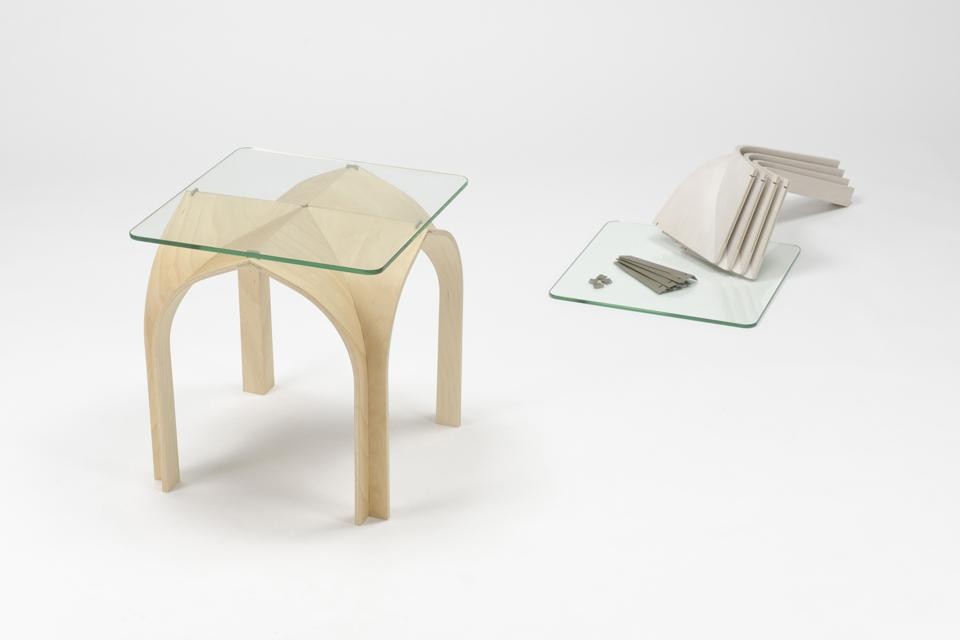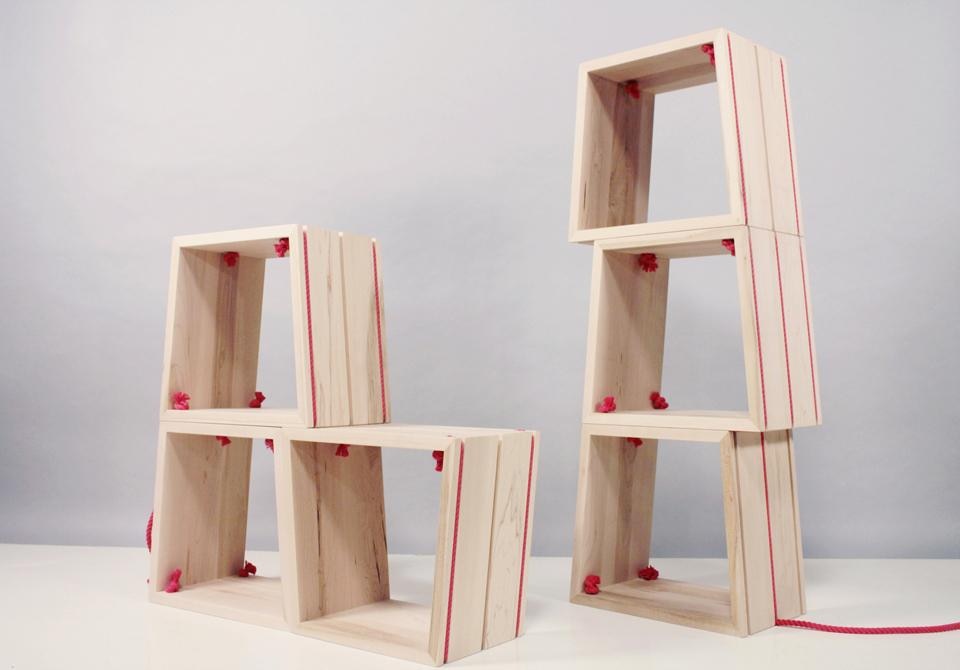Tranquility
"Dew" is the name of one of the most fascinating pieces displayed at Design Tide. It is an elegant lamp inspired by senko hanabi, small fireworks said to hypnotise onlookers and cause them to meditate on the transient nature of objects. A micro-pump drives a few grams of water in a small brass bowl through a pipe with an LED inside. Falling slowly, the drops act as a lens and turn the light projected by the LED into a circle of moving light. After a few moments, everything vanishes instilling an immense sense of tranquillity in observers. "Dew" shows how Japanese design manages to create emotions with just a few simple elements. Ryoji Takahashi (1990, designer) and Akichika Tanaka (1981, engineer) formed Vitro (2011) to experiment with the theme of "tranquillity and movement".
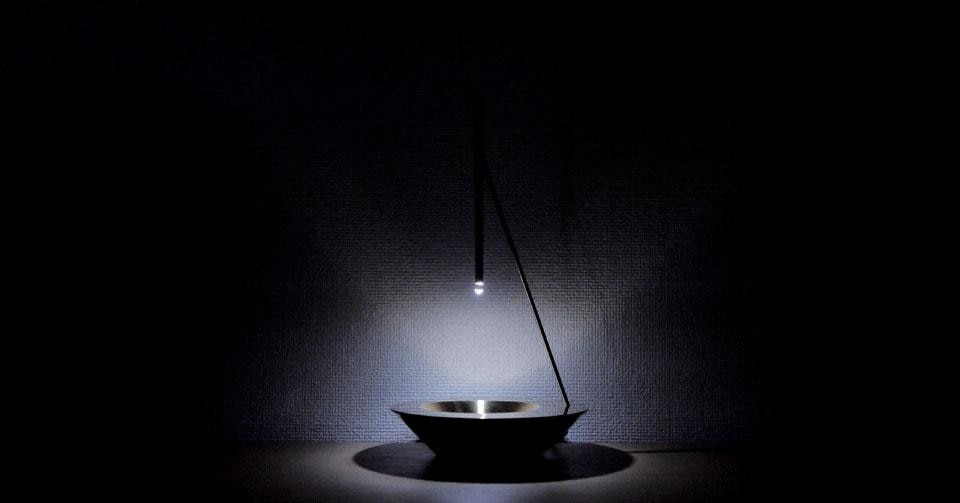
How many cups and glasses do people actually use and how many gather dust in the cupboard? This observation is behind young designer Daisuke Kitagawa's (1982) "Rename" (in the "Tolerance" collection)—seven wooden accessories that resolve this problem brilliantly. Thanks to a silicon ring, these "extensions" fit all the most common mug formats, inventing new uses: flower vase, pencil sharpener, pen holder, sugar bowl, money box, jug, etc. "Sail", on the other hand, is an ingenious reinterpretation of the traditional kimono hanger, again rich in new and previously unseen functions that breathe new life into a traditional design now cast aside. "Tolerance" is an experiment in the theme of impermanence, the sense of the provisional that is a constant in the Japanese culture. Everything changes even the meaning of things, and this makes the world more interesting.
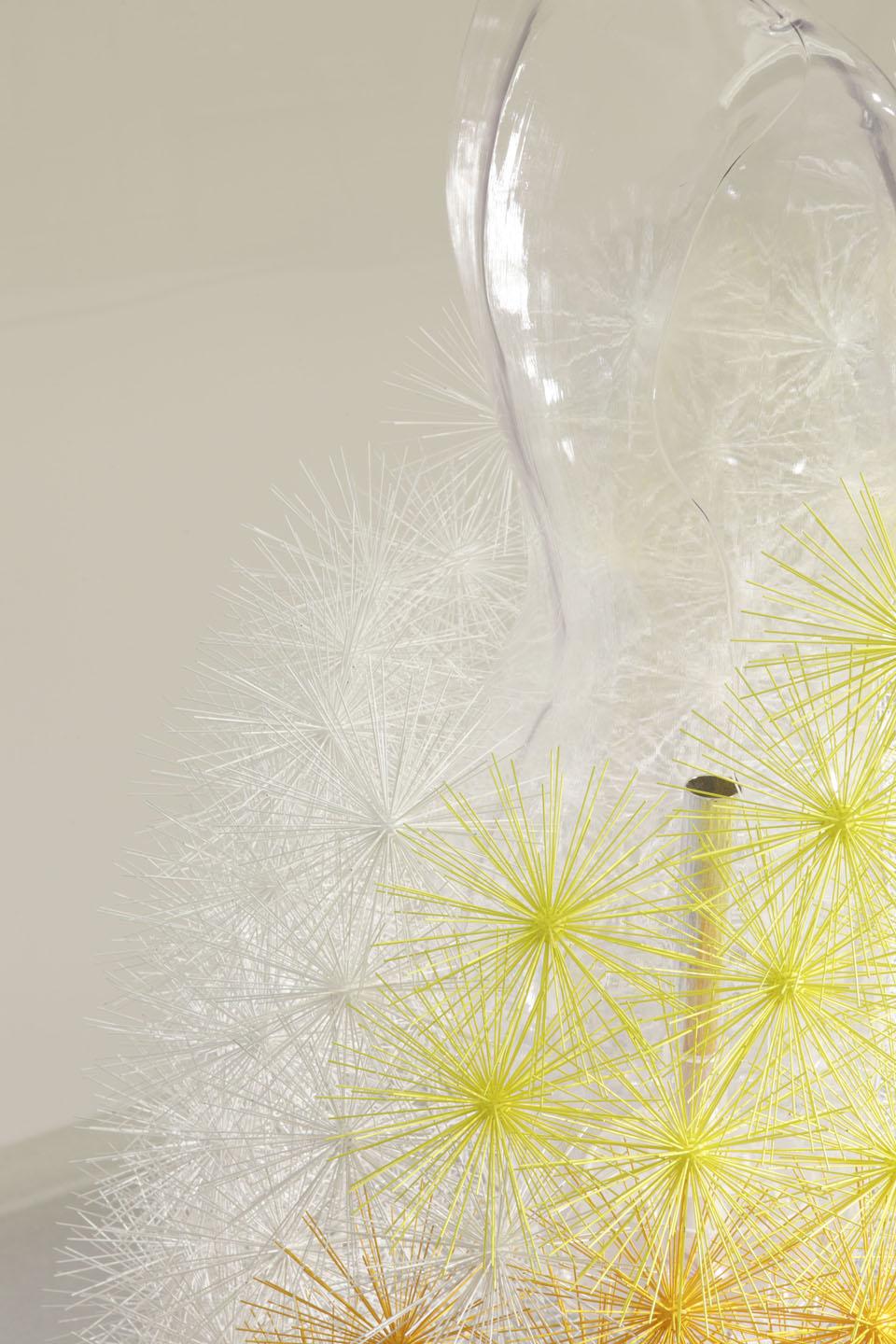
A bridal gown composed of 500 coloured "burs", made out of piano strings and epoxy resin. This is the project by the French architect and designer Emmanuelle Moureaux (1971), known for her ability to create spaces via the clever use of colours. "Toge" means thorn in Japanese and is a modular system for the creation of partition walls or sculptures. The thorns are both "a manifestation of aggressiveness that will not let others come near and a manifestation of its own weakness", explains the designer. Duality is a special feature of the Japanese culture, in which opposites often coexist peacefully together. As with the petals of a flower, the true nature of these modular objects is only revealed close up. Hard thorny elements are turned into a light, transparent fabric, the nuances of which are vaguely reminiscent of the coloured leaves that are starting to line the streets of Tokyo on these autumn days.
About 30 offices presented their models, with nearly all the works sharing a constant synthesis of tradition and innovation and high detail standards.
1.jpg.foto.rmedium.jpg)
Imagine you are in the kitchen drinking sakè as you prepare an appetising shabu shabu. After finishing your drink, you take your glass and lower it into the soup. A few minutes later, you will have an even richer and tastier dish. The Kup—eatable cup project was inspired by the native cultures of Papua New Guinea and Laos, where the everyday actions of "using, eating and discarding" are still closely linked. The glass, made of rice flour (and therefore edible) is an intelligent way to reduce waste while, at the same time, raising public awareness on these three actions. SugiX (1982, designer) and Shunsue Kosaka (1982, marketing planner) are the founders of Smile Park (2009), a studio that has already produced several fascinating works and won the prestigious Good Design Award 2011.
1.jpg.foto.rmedium.jpg)
Japanese society is founded on the constant search for harmony among people. One for All is a plate that acts as a table (and vice versa) and can stimulate relationships between the people gathered around it. Yuri Naruse (1979) and Jun Inokuma (1977)—Narukuma—are the architects who made it in collaboration with MOCCA of Sumitomo Forestry. The design is simple and effective. A sheet of maple wood is shaped by a vacuum press and the depressions created make the surface porous enough to contain and separate different types of food. Taking the size parameter to extremes, Naruse+Inokuma have produced an elegant object that is an ingenious retake on the traditional Japanese "bento box" and lends itself to multiple uses and interpretations.
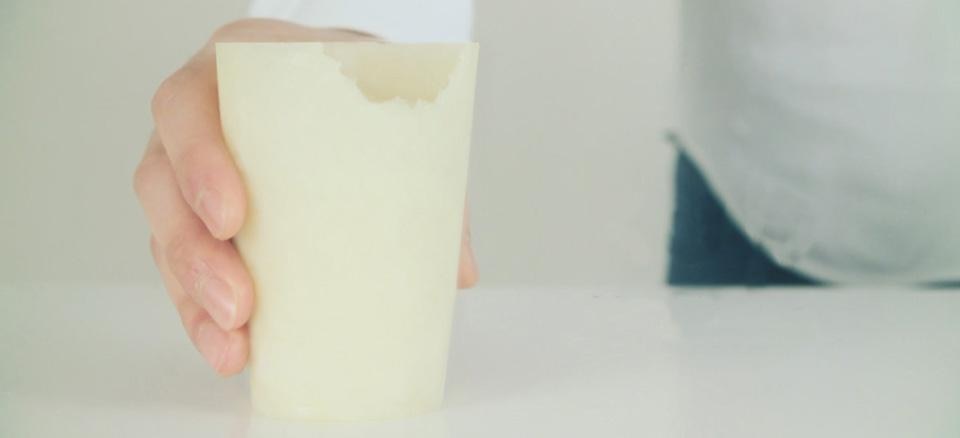
...and what if your next souvenir was a bulky piece of furniture? Souvenir is an intriguing experiment on the theme of minimal packaging—eleven occasional furnishings that can be dismantled and carried onto a plane as hand baggage. From Cathedral, a Gothic-inspired side table, to the Corker stool, made of cork and very light, the Prop shelves, in seemingly precarious equilibrium, and the Slash clothes-stand which looks like bamboo, the Souvenir collection redefines the relationship between furniture and user, revisiting the compact theme so dear to IKEA and discovering an as yet unexplored niche market. Design Soil is an educational programme promoted by Professor Akinori Tagashira with students of Kobe Design University and the quality of the prototypes clearly shows that university research and actual market needs can be combined with optimum results.
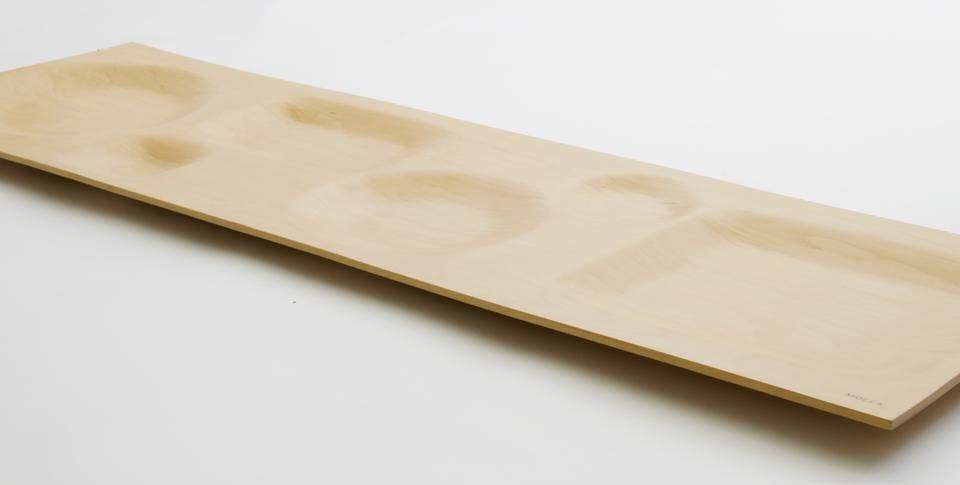
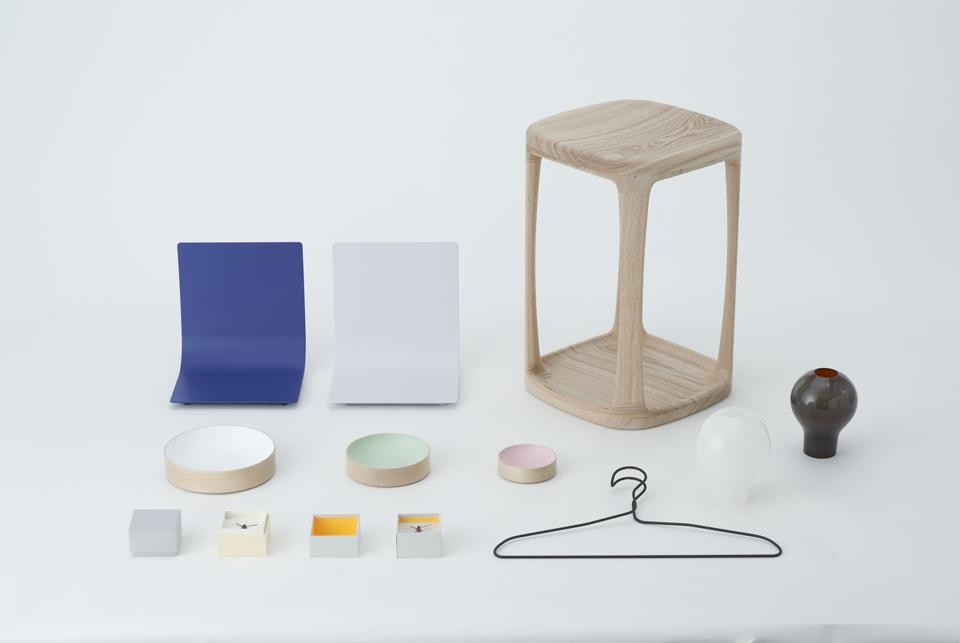
Finally, we should mention a stimulating proposal by Shuhei Fukuda (1980), inspired by the old sundial—a clock that marks passing time via movement in space. Japan has a word that the West lacks: Ma, which means space but also time. Like Dew, the lamp at the beginning of this piece, Nights of Round is an emotional design that generates empathy and reminds us of our close link with the universe.
Matteo Belfiore
